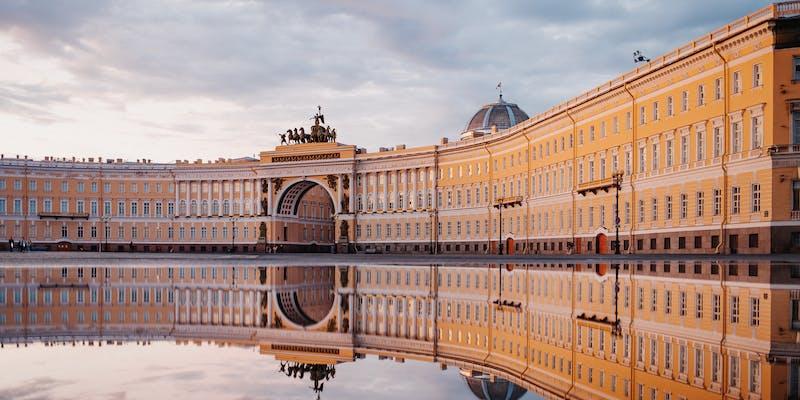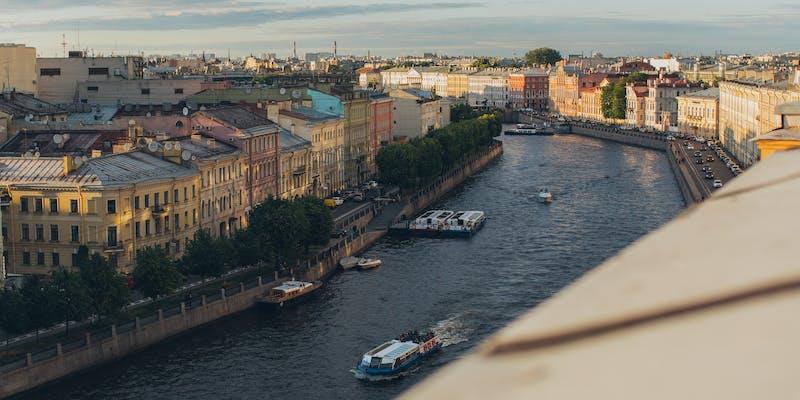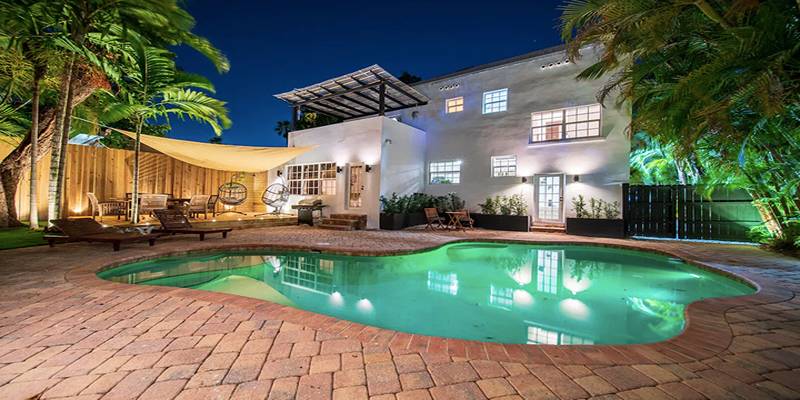Imagine spending a few weeks in St. Petersburg, Russia's majestic town on the Neva River. Dreamed up using Peter the Extraordinary, this city turned into supposed to be Russia's grand declaration to the West. Today, although Moscow has reclaimed its status as the capital, St. Petersburg still dazzles with its royal charm and rich history, especially in the city center. During your stay, you get to see the famous landmarks of St. Petersburg and some lesser-known treasures. Let's walk through some top recommendations.
The State Hermitage
The country Hermitage, installed by Catherine in 1764, is a treasure trove with almost 3 million artwork pieces across numerous locations in St. Petersburg along with in St Petersburg. The coronary heart of this museum is in the rectangular palace, encompassing the Iciness Palace with its 365 rooms and adjacent homes from the 18th and 19th centuries. Though it's easy to lose yourself for hours admiring Italian, Spanish, and Dutch masterpieces, the real highlights are the imperial state rooms, the Raphael Loggias (replicating the Vatican Museums' gallery), and the War Gallery of 1812, showcasing portraits of Russian leaders from the Patriotic War against Napoleon.
Peterhof
Just a short journey of 29 kilometers from St. Pete lies the imperial wonder of Peterhof. Think of it as a royal retreat that's not just about a palace but an ensemble of fountains and gardens leaving you in awe. The Grand Palace stands tall with its luxury, but the true star is the Grand Cascade. Imagine this: over 140 fountains and canals create a mesmerizing water show down a hill. It's like nature and artistry joining hands. But don't stop there! The estate's grounds are a green wonderland.

Peter and Paul Fort
Now, let's turn to the coronary heart of St. Pete records – the Peter and Paul Fort. Established in 1703 with the aid of Peter the Super, this castle on the Neva River is not only a shape but also a story of the city's past. The Trubetskoy Bastion prison, within its partitions, has stories to inform. Once the uncomfortable house of political prisoners like Maxim Gorky and Fyodor Dostoyevsky, it is a stroll thru Russia’s turbulent records.
But there may be more – the Peter and Paul Cathedral. This isn’t simply any cathedral; it's the final resting area of Russian tsars, including Peter the Exquisite. And for a view of the city, the bell tower is your spot.
St. Isaac's Cathedral
Standing before St. Isaac's Cathedral, its golden dome soared over 300 feet, making it one of the tallest Orthodox churches globally. The adventure starts the instant you step through its grand bronze doorways. Interior, prepare to be awestruck by the colorful frescoes portraying a brilliant photo of records and religion. Look around and see the iconostasis, an inventive masterpiece framed by columns of malachite and lazulite, rare and precious stones. Everywhere you switch, there is gold - from delicate trimmings to implementing statues, the luxury is breathtaking.
Yusupov Palace
Taking walks into Yusupov Palace, home to Prince Felix Yusupov, one of Russia's wealthiest, is like getting into a mix of luxury and history. Although much less flashy than royal houses, this palace dazzles with its elegance. Is it declared to reputation? The chilling story of Grigori Rasputin's homicide in 1916. The tale is that Rasputin, a peasant with an unnerving influence over Empress Alexandra, met his quit here, orchestrated using Yusupov and other imperial family participants. The palace's cellar, where this dramatic event opened up, is a need to go to.
Tikhvin Cemetery
Step into Tikhvin Cemetery, next to the Alexander Nevsky Monastery, and find yourself amidst legends from Russia's beyond. Mounted in 1823, this cemetery is more than only a resting place; it is a chapter from a records e-book. Image walking a number of the graves of giants like Pyotr Tchaikovsky, the maestro whose track resonates in live performance halls and St Petersburg hotels, or Fyodor Dostoyevsky, whose novels like "Crime and Punishment" project the human psyche.
This cemetery is specific – it is a silent floor and an art gallery of the past. The graves aren't just marked but celebrated with sculptures that tell testimonies – angels, crosses, family logos. It’s a rare chance to peer how the Russian nobility commemorated their departed. It’s quiet here, a welcome break from the metropolis’s non-forestall rhythm.

Down Nevsky Prospekt
Now, allow's transfer scenes to Nevsky Prospekt – the road that no means sleeps in St. Petersburg. Stretching four kilometers from the Alexander Nevsky Monastery to the Admiralty near the Neva River, this street is a stay cord of the metropolis. It’s in which history and modernity shake palms. As you stroll, you trace the stairs of the tsars, imagining carriages rolling down this as soon as the most high-priced ECU boulevard.
Here, every construction has a tale. Take the Kazan Cathedral, for instance. Stimulated through St. Peter’s in Rome, it's now not just a church but an architectural surprise. Then there’s Gostiny Dvor, a pioneer among purchasing department stores with a history courting again over centuries. And for fans, Dom Knigi is a haven – it’s more than only a book place; it's a treasure trove of information and tradition.
Church of the Saviour
The Church of the Saviour on Spilled Blood in St. Petersburg is a wide-ranging testimony to Russian architecture, rivaling the spell-binding St. Basil’s Cathedral in Moscow. Consider a church painted in a kaleidoscope of colors, topped with whimsical domes – a visual feast for every person's eyes. This architectural gem marks where Tsar Alexander II met his tragic result in 1881.
What is marvelous about this site is its indoors, adorned with an outstanding 7,000 square meters of tricky mosaics. This artistic wonder is not just about length; it is a canvas that tells historical and nonsecular tales, fascinating site visitors with its designated artistry. Evaluating it to the grandeur of St. Isaac's Cathedral is a not unusual debate amongst traffic. Both are beautiful in their ways, making it tough to pick favorite souvenirs.
This church isn't always only a building; it is a piece of history frozen in time. After Tsar Alexander II's assassination, his son honored his memory with this marvelous structure, which was finished in 1907. Unlike many historic homes, this church functioned in no way as a traditional location of worship.




